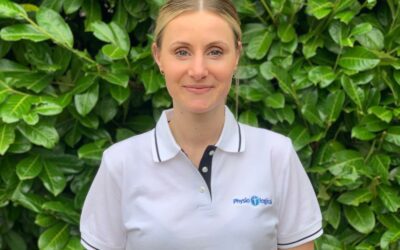What is Medial Tibial Stress Syndrome?
Medial tibial stress syndrome or MTSS is often referred to as shin splints. It is an overuse injury which leads to persistent dull pain at the front of the shin along the edge of the tibia. It is more common in those who don’t exercise regularly and then suddenly try to run or increase activity levels significantly. The reasoning for this pain is not 100% understood as opinion is split between muscle stress and bone stress. The most reasonable explanation for the occurrence of shin splints is that muscles become fatigued which reduced their capability of keeping the bone structure stable which in turn leads to increase stress to the bone. Symptoms include overall pain at the shin area, pain after exercise and if severe, can be painful when walking or using stairs.
How Can Shin Splints (MTSS) Be Treated?
No one treatment works for everyone. Due to the multifactorial nature of MTSS, it is common that a range of interventions is required. A successful treatment plan can only be provided once the cause of the pain has been determined. For example, if MTSS is being caused by excessive foot pronation and calf and gluteal weakness, all of these must be addressed to treat and prevent further pain.
Common treatments include:
- Foot orthoses (insoles) – are used to try to reduce bone stress.
- Running technique – there is evidence that reducing stride length, increasing the base of support, and increasing cadence can all reduce the stress through the tibia.
- Strength and Conditioning – developing weak muscles to help protect the skeleton.
However, these treatments may not offer the most effective recovery with regards to time frame and pain reduction. This is where shockwave therapy becomes a useful adjunct to treatment.
Is Shockwave effective at treating Shin Splints (MTSS)?
Unfortunately, the depth of scientific research for this type of injury is not as wide as other more well know injuries such as achilles tendinopathy. However, findings from the current research are trending towards the effectiveness of shockwave for the treatment of MTSS. Recent studies using shockwave found that recovery time was significantly faster in patients receiving shockwave treatment as compared to exercise alone. Pain levels post vigorous exercise has been reported to be significantly lower when using shockwave therapy compared to strengthening exercises alone. Furthermore, tolerance to exercise recorded in running distance has been found to be significantly better in patients receiving shockwave treatment.
Therefore, if you have MTSS and want to get back to playing sport as quickly as possible, shockwave therapy is the best treatment option. Research shows that combining shockwave with a tailored strengthening programme will offer the most optimum results in recovery.
If you are struggling with pain around your shin and finding it difficult to do the activities you love without pain then please enquire today about receiving shockwave treatment.
To book your shockwave appointments with Physio-logical, based in Rowlands Castle, Hampshire then please book online, call 023 9435 0270 or email us at enquiries@physio-logical.net. Research suggests 6 sessions are optimum at intervals of 5-10 days between appointments.




